Chocolate Espresso Babka

· Print Recipe
This chocolate espresso babka is made with super-soft brioche dough and packed with a rich chocolate espresso filling. This bread has a soft & pillowy interior with a shiny crunchy top. If making a babka intimidates you, I’ve included step-wise photos and trust me it gets easier as you make it. Instead of making the entire thing in one day, you can make part of it a day or two before so it is ready to be baked for your brunch in the morning. It will honestly make the perfect Sunday brunch meal for you and your family!
- Active Dry or Instant Yeast: Once the yeast is added, you should wait for it to be activated before proceeding. In case of instant yeast, it will activate immediately and you will have a foamy & bubbly mixture. However if using active dry yeast, you will need to let the mixture rest for around 15 minutes before the yeast is active.
- Granulated Sugar: A small amount of sugar is added to the dough. This acts as food for the yeast which helps to activate it and become foamy & bubbly.
- Milk: You will need warm whole (full-fat) milk. Warm temperatures are also required to activate the yeast. Temperatures required are between 110ºF to 115ºF ideally. Anything hotter than this can kill your yeast.
- Eggs: Use large eggs and bring them to room temperature before mixing in. Eggs strengthen the binding of your bakes and also add moisture. Having your eggs at room temperature makes it easier to incorporate them and allow them to mix thoroughly in your brioche dough. A good way of doing this is by letting them sit in a bowl filled with room temperature water for around 10 minutes or until they come down to room temperature.
- All-purpose flour: I highly recommend weighing all your ingredients using a kitchen scale for accurate recipe results. If you’re using cups, don’t scoop your cup into the flour. Spoon the flour into your cup and level it off with the back of a knife.
- Unsalted Butter: You will need cubed butter for making this dough. Add in the cubes one at a time while kneading the dough. You will also need some for the chocolate espresso filling. It is very important to have your butter at room temperature. You can ensure this by lightly pressing your finger on the block of butter. It should slightly leave an imprint. I also prefer to use unsalted butter because salted butters have varying amounts of salt content in them and it is always a good idea to add it on your own and avoid your bakes from being too salty.
- Chocolate: I highly recommend using good quality baking chocolate chips or chocolate bars (I use callebaut) to ensure the best flavor. This will also help you get a very silky and shiny chocolate ganache.
- Espresso Powder: Not only does this add a coffee flavor to your filling, but also helps to enhances the flavor of chocolate in it.
- Powdered Sugar: You will need to add some of this to your filling as the espresso powder will make it slightly bitter. Powdered sugar is easier to incorporate as it mixes well. This also helps to spread the filling smoothly on the dough.
The windowpane test is a very effective way of knowing if the broiche dough has developed enough gluten in the kneading process or not. If not, you’ll need to continue kneading until it does. However, it is also important to do this test properly. To check if the dough is ready, take a decent size piece of the dough and gently spread it out until you can see the light through it. However if the dough tears during this process, it is not ready. Mix for another minute and check again until it passes the test.
How to knead the brioche dough properly?1. Once the yeast has been activated and the wet ingredients are well incorporated, pour in the wet ingredients into the dry and knead until all of them are completely incorporated.
Bulk fermenting is the process of allowing the dough to double in size while proofing is allowing the shaped dough to become puffy just before baking. At a minimum, both steps require an hour in warm temperature conditions. Alternatively, you can do any one of them overnight by letting the dough chill in the refrigerator for 8-16 hours. I don’t recommend proofing for more than 16 hours in the refrigerator. If bulk fermenting or proofing in the refrigerator, make sure to cover it with a plastic wrap so the dough doesn’t dry out.
- Mini Blueberry Chantilly Cheesecake Tarts
- Rainbow Funfetti Vanilla Layer Cake
- Chocolate Orange Madeleines
- You should do both bulk fermentation & proofing for atleast an hour in a warm environment or for 8-16 hours in the refrigerator. Anything more than this will lead to over proofing. Always cover with a plastic wrap while proofing the dough.
- Brush the babka generously with egg white to help it brown evenly and give it some color.
- I highly recommend investing in an oven thermometer and a kitchen scale. Baking at accurate temperatures and weighing your ingredients correctly ensure that you can replicate the recipes perfectly and enjoy the best flavors.
Happy Baking!
Chocolate Espresso Babka
Recipe details
Ingredients
Brioche Dough
- 2¼ teaspoon (12.8g) active dry or instant yeast
- 2 tablespoons (25g) granulated sugar
- ½ cup (120ml) whole (full-fat) milk, at room temperature
at room temperature
- 2 large eggs, at room temperature
at room temperature
- 1⅓ cup (320g) all-purpose flour
- ½ teaspoon salt
- ⅓ cup (76g) unsalted butter, at room temperature
Chocolate Espresso Filling
- 200g dark chocolate chips or chunks, melted
melted
- ½ cup (113g) unsalted butter, melted
melted
- 2 teaspoons espresso powder
- 3 tablespoons powdered sugar
Instructions
Brioche Dough
- In a medium bowl, heat the milk to around 110ºF-115ºF. To this, add in the yeast and granulated sugar. If using active dry yeast, let the mixture rest for around 10-15 minutes until the mixture is foamy & bubbly. If using instant yeast, continue to the next step.
- Add in the eggs, one at a time into the mixture and beat until completely incorporated.
- In a separate bowl, whisk together the flour and salt. If using a stand mixer, do this in the bowl of the mixer fitted with the dough hook.
- Pour the wet ingredients into the dry ingredients and knead the dough until it forms a ball around the dough hook. If kneading using hands, continue kneading until the dough comes together and is no more sticky.
- Start by adding in one piece of butter at a time, allowing it to fully incorporate before adding the next. Repeat until all the butter is incorporated.
- Once all the butter is added, you will need to knead the brioche dough until it passes the windowpane test. This shall take around 20-30 minutes by hand depending on the amount of pressure you apply & around 10-15 minutes if using a mixer.
- To check if the dough is ready, take a decent size piece of the dough and gently spread it out until you can see the light through it. However if the dough tears during this process, it is not ready. Mix for another minute and check again until it passes the test.
- Once the dough is ready, transfer it to a lightly greased bowl. Cover the dough with a plastic wrap and allow to proof in a warm environment for one hour or until doubled in size. Alternatively, you can proof the dough overnight.
Chocolate Espresso Filling
- While the dough is proofing, in a microwave safe bowl, add the chocolate (preferably chopped) and cubed unsalted butter.
- Microwave the mixture in 30 second intervals whisking vigorously in between. Repeat until the chocolate and butter are completely melted. You can also use a double boiler or follow the ‘bain-marie’ method for doing this.
- Once completely melted, add in the espresso powder and powdered sugar. Mix until completely incorporated.
Assembly
- On a lightly floured surface, using a rolling pin roll the dough out by applying pressure evenly into a rectangle about 12″ x 18″.
- Using an offset spatula, spread the chocolate espresso filling evenly all over the dough, leaving a border around the edge. Roll the dough up from the long side. You can also freeze the dough for about 15 minutes at this point to help the filling firm up a bit thus making it easier to shape.
- Cut the dough straight down the middle, leaving you with two log shaped dough pieces. Shape the dough like a braid by wrapping one exposed piece over the other & always keeping the opened side facing upwards.
- Transfer the dough gently to a greased loaf pan lined with parchment paper. Cover the braided babka with a plastic wrap and allow to proof in a warm environment until puffy for about one hour. Alternatively let it chill overnight in the refrigerator.
- Towards the end of the proof time, preheat the oven to 350ºF (177ºC). Brush the babka with an egg white.
- Bake for about 30-35 minutes rotating halfway through. Brush the babka with sugar glaze if your desire to get a shiny look. Let it cool completely before slicing.
- Store babka in an airtight container at room temperature for upto 5 days.
Tips
- You should do both proofs for atleast an hour in a warm environment or for 8-16 hours in the refrigerator. Anything more than this will lead to over proofing. Always cover with a plastic wrap while proofing the dough.
- Brush the babka generously with egg white to help it brown evenly and give it some color.
- I highly recommend investing in an oven thermometer and a kitchen scale. Baking at accurate temperatures and weighing your ingredients correctly ensure that you can replicate the recipes perfectly and enjoy the best flavors.




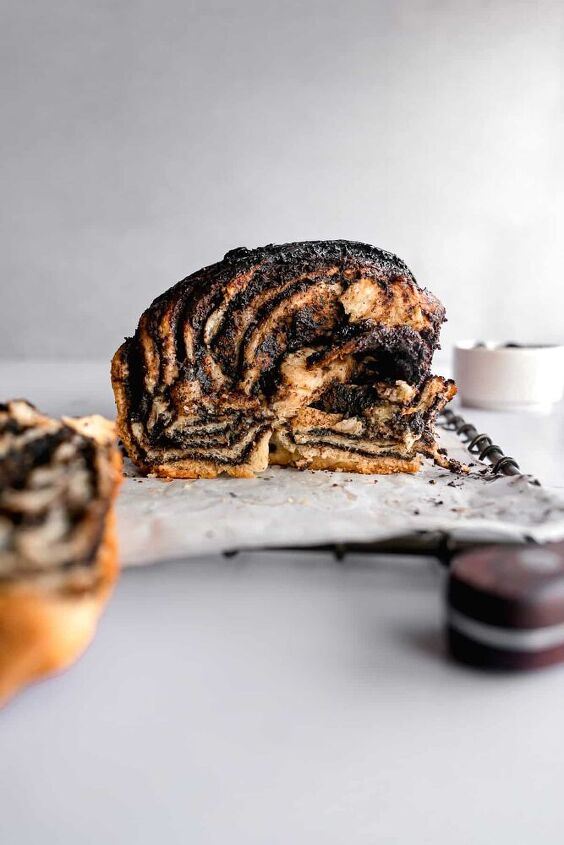







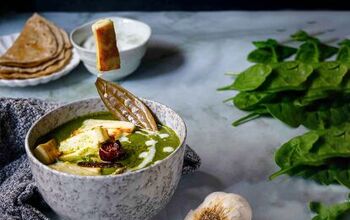
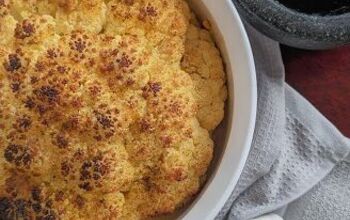

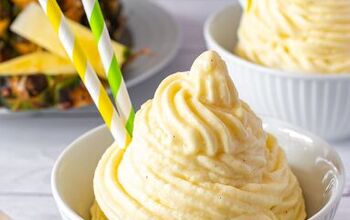
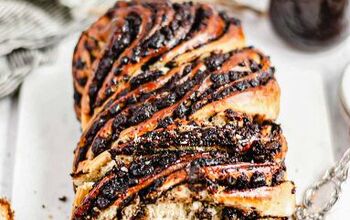




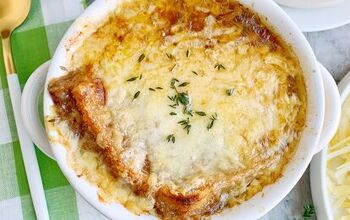
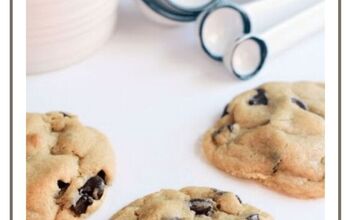
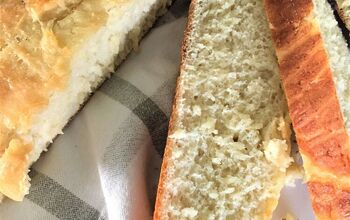
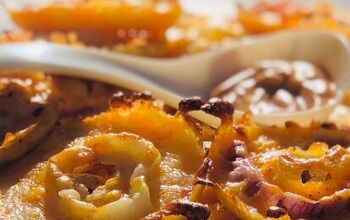

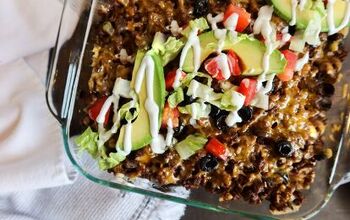

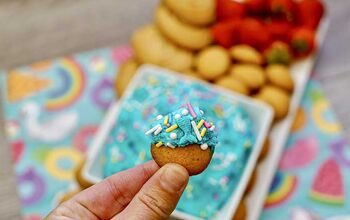
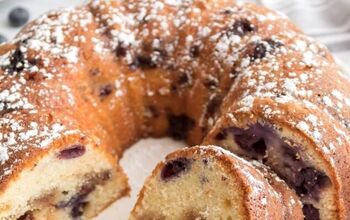
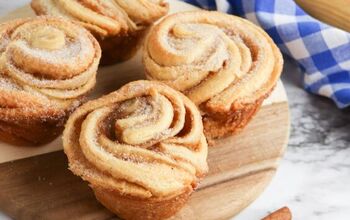
Comments
Share your thoughts, or ask a question!
Can this be made gluten-free in any way? Almond flour?